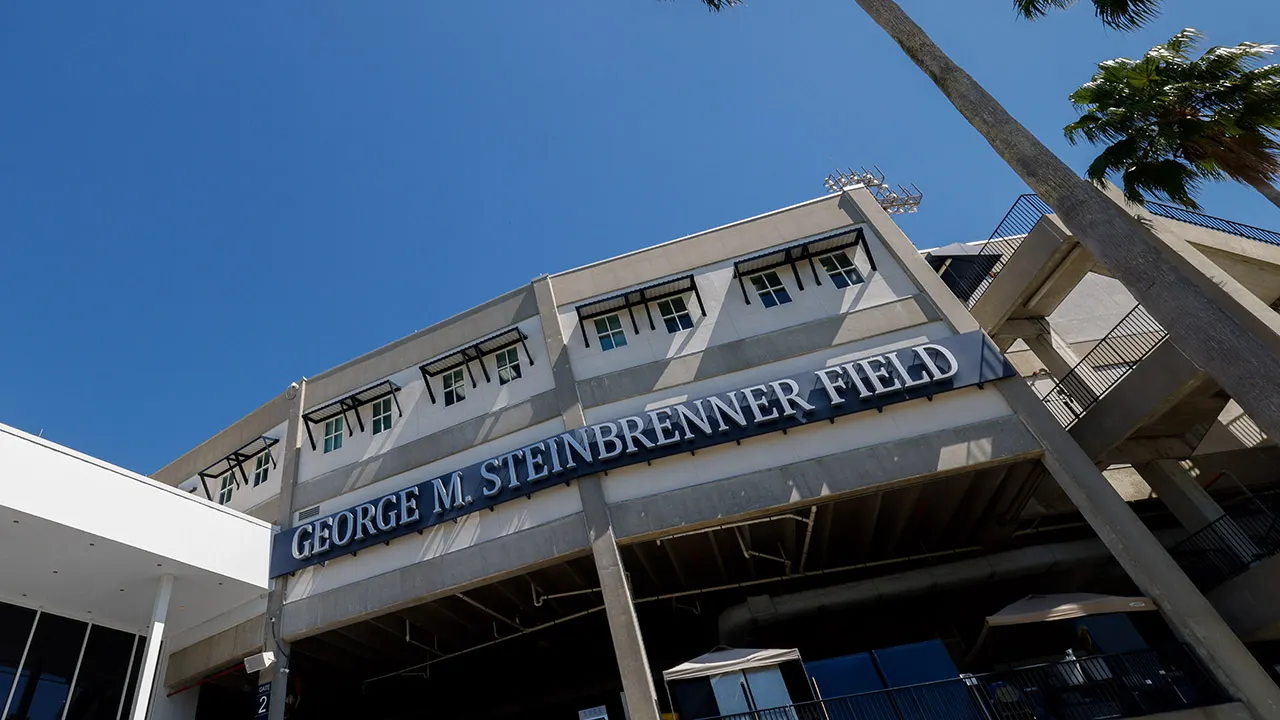Army enlists AI to identify prospective new recruits

Army recruiters may soon be relieved from the dreaded “cold calls” to high school students in their frustrated fishing expedition for new recruits.
The service recently introduced an artificial intelligence component, dubbed “Recruit 360,” along with several other changes, to revitalize its struggling recruiting efforts that have missed goals for multiple years.
Speaking Tuesday at the Association of the U.S. Army, Maj. Gen. Johnny Davis, head of Army Recruiting Command, and Brig. Gen. Antoinette Gant, chief of the Army Enterprise Marketing Office, laid out a series of changes over the past year to how the service recruits.
One of the newest developments is the AI-driven approach.
About two months ago, the service began using AI software to review 30 million potential applicant files, using 1,700 variables to determine if the person on the other end has a propensity to serve, Davis said.
RELATED
“Recruit 360 is an ability to provide a more refined prospective applicant list to a recruiter based off artificial intelligence,” Davis said. “It’s changing the way we do business and the way our recruiters connect.”
They’ve been experimenting with the software in five selected cities, said Davis, who did not name the company providing the software or the cities in his remarks.
The service failed to meet its accessions goal in both fiscal 2022 and fiscal 2023. In 2022, the service recruited 44,901 new soldiers into the active Army, about 75% of its 60,000 goal, according to Army data. The following year, it recruited 54,000 soldiers, falling 11,000 short of the 65,000 recruits it needed.
In April, Army Secretary Christine Wormuth said the Army had recruited 5,000 more soldiers compared to the same time in 2023 and was “on track” to meet its goal of 55,000 recruits
During Wednesday’s event, Davis deferred questions on recruiting numbers, saying the secretary would be making an announcement soon.
Following those shortfalls in recruiting, the Army embarked on an ambitious restructuring of its recruiting force and added a host of new initiatives.
A big one, Gant said, is that leaders have recognized shifts in the data aligning with the Army’s expanded recruiting approach.
As the population 18- to 20-year-olds in the U.S. declines, the services have turned to older, nontraditional recruits.
According to Gant, the average age of recent enlistees is 22 years old, with about 14% of the current crop of new soldiers at least that age.
That means recruiters now need more flexibility in where and how they look for new soldiers. They’re looking at community colleges, online platforms and in workplaces where people may be interested in improving their career prospects through Army training, Gant said.
As part of the outreach effort, Gant noted recent online developments.
“In May we launched GoArmy.com website, now in the cloud, it’s a better user experience,” Gant said.
They’re seeing individuals interested in the Army directly text or email questions and receive specific answers and information if they want a recruiter to call them back.
In other recruiting efforts, the service graduated its first cohort of dedicated recruiting warrant officers, is currently training a second cohort and is selecting next year’s class. Nearly 300 soldiers applied for the first 25 positions, according to Davis.
Starting in January, the Army briefly offered a $5,000 bonus for soldiers willing to volunteer for recruiting. That bonus has since ended, but since that offer, thousands have volunteered, he said.
The new soldier referral program, where the Army asks newly minted soldiers to refer friends to recruiters, yielded 75,000 referrals in 16 months that resulted in 5,000 new soldier contracts, Davis said.
Enlisted are not the only focus, however. Over the past year, the Army has sent nearly 500 first-term lieutenants to recruiting stations to better share their experience with prospective officer candidates.
The service built a kind of “dashboard” that allows recruiting battalion commanders and sergeants major to see what metrics are doing well across their recruiting efforts in geographically disparate locations and which are underperforming.
Todd South has written about crime, courts, government and the military for multiple publications since 2004 and was named a 2014 Pulitzer finalist for a co-written project on witness intimidation. Todd is a Marine veteran of the Iraq War.
Read the full article here







